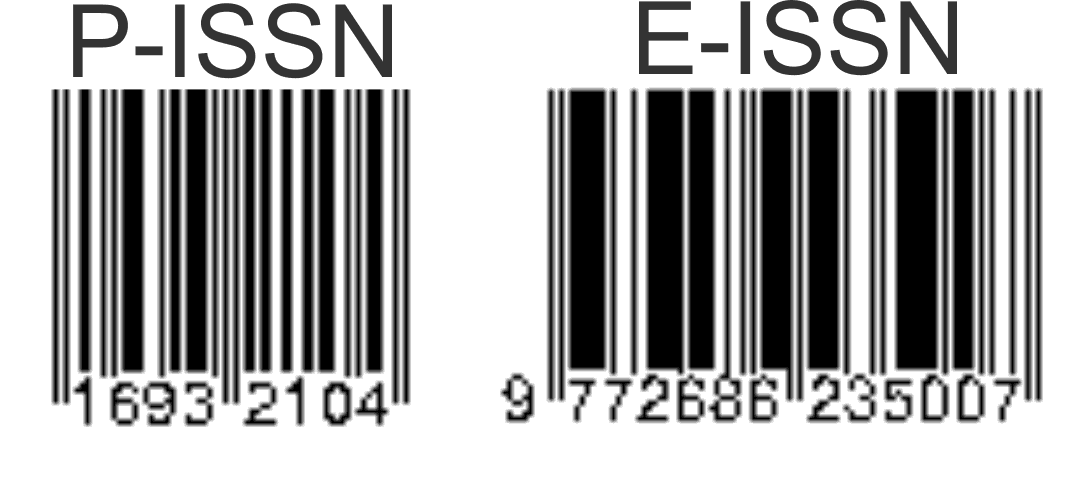Optimal labors number analysis using constraints approach theory in Weeka Wedang Uwuh small and medium enterprises
Abstract
Keywords
Full Text:
PDFReferences
H. Rianti, L. Nafisah, and E. Nursubiyantoro, “Pendekatan Theory Of Constraints (TOC) Penjadwalan Flow Shop Pada Sistem Produksi Make To Order,” 2019. [Online]. Available: http://jurnal.upnyk.ac.id/index.php/opsi
D. Rahmawati and E. Nursubiyantoro, “Optimalisasi Kapasitas Stasiun Kerja Dengan Penerapan Theory Of Constraints (TOC),” 2019. [Online]. Available: http://jurnal.upnyk.ac.id/index.php/opsiOPSI-JurnalOptimasiSistemIndustri
A. Mustikasari and D. Ardiles, “Implementasi Theory of Constraints untuk Meningkatkan Produktivitas Proses Painting Battery Cover pada PT. HIT Kudus,” 2017.
M. P. Hranický, L. Černá, and A. Kuka, “Application of the theory of constraints for railway personnel,” in Transportation Research Procedia, 2021. doi: 10.1016/j.trpro.2021.02.004.
M. P. Machado, J. L. Abreu, M. I. M. Morandi, F. S. Piran, and D. P. Lacerda, “Exploratory decision robustness analysis of the theory of constraints focusing process using system dynamics modeling,” Int J Prod Econ, vol. 260, 2023, doi: 10.1016/j.ijpe.2023.108856.
D. A. de J. Pacheco, J. A. V. Antunes Junior, and C. A. de Matos, “The constraints of theory: What is the impact of the Theory of Constraints on Operations Strategy?,” Int J Prod Econ, vol. 235, 2021, doi: 10.1016/j.ijpe.2020.107955.
A. I. Pratiwi, A. Z. Wathoni, D. Adetia, and A. R. Nurohman, “Optimization And Analysis Of Copper Wire Raw Material Inventory For Magnetic Process With Dynamic Programming Method,” OPSI, vol. 14, no. 2, p. 208, Dec. 2021, doi: 10.31315/opsi.v14i2.5385.
G. Romeo, “Dynamic production planning and inventory modeling,” in Elements of Numerical Mathematical Economics with Excel, 2020. doi: 10.1016/b978-0-12-817648-1.00012-8.
A. N. Rizky, “Program Dinamik Pada Perencanaan Produksi Dan Pengendalian Persediaan PT Ganesha Abaditama,” Jurnal Optimasi Teknik Industri, vol. 03, no. 01, pp. 14–18, 2021.
M. Astuti and R. Nurdin, “Design of The Performance Evaluation of Suppliers at UKM Weedang Uwuh Based on Multi Attribute Decision Making (MADM),” Angkasa: Jurnal Ilmiah Bidang Teknologi, vol. 12, no. 2, 2020, doi: 10.28989/angkasa.v12i2.570.
M. Taufan, “PENENTUAN JUMLAH TENAGA KERJA YANG OPTIMAL DENGAN METODE WORK SAMPLING DI IKM GRIYA MANK GUDO JOMBANG.”
M. Z. Hanani and Y. Hadad, “Determining workers efficiency using work sampling and time standards,” International Journal of Logistics Systems and Management, vol. 1, no. 1, 2021, doi: 10.1504/ijlsm.2021.10058741.
Meirinawati, Meirinawati, and I. Prabawatii, “Measurement of Workload Analysis in Determining the Optimal Number of Workers,” 2019. doi: 10.2991/icss-19.2019.166.
M. K. So and S. L. Kek, “Workforce size problem in manufacturing with dynamic programming approach,” in AIP Conference Proceedings, 2020. doi: 10.1063/5.0018444.
S. Rahmawati, A. R. K. Nasution, and M. B. Nurholik, “Penentuan Jumlah Tenaga Kerja pada Departemen Produksi di PT. XYZ dengan Metode Programa Dinamis untuk Meminimasi Biaya Tenaga Kerja,” Go-Integratif : Jurnal Teknik Sistem dan Industri, vol. 2, no. 01, 2021, doi: 10.35261/gijtsi.v2i01.5126.
L. M. Annear, R. Akhavan-Tabatabaei, and V. Schmid, “Dynamic assignment of a multi-skilled workforce in job shops: An approximate dynamic programming approach,” Eur J Oper Res, vol. 306, no. 3, 2023, doi: 10.1016/j.ejor.2022.08.049.
U. Harish, “Implementation of Theory of Constraints (TOC) in a Manufacturing Plant,” International Journal of Advanced Scientific Research and Management, vol. 228, no. 5, 2019.
Z. T. Şimşit, N. S. Günay, and Ö. Vayvay, “Theory of Constraints: A Literature Review,” Procedia Soc Behav Sci, vol. 150, 2014, doi: 10.1016/j.sbspro.2014.09.104.
J. Trojanowska and E. Dostatni, “Application of the theory of constraints for project management,” Management and Production Engineering Review, vol. 8, no. 3, 2017, doi: 10.1515/mper-2017-0031.
T. Baroto, “Perencanaan Dan Pengendalian Produksi,” Universitas Pancasakti Tegal, vol. 1, no. 2, 2017.
T. A. Putra, S. Riskijah, and J. Setiono, “Optimasi Jumlah Operator Alat Berat Pada Pekerjaan Struktur Proyek Apartemen X Menggunakan Dynamic Programming Method,” Jurnal JOS-MRK, pp. 7–15, 2020.
F. P. A. Karundeng, I. Purnamasari, and D. D. Yuniarti, “Penyelesaian Assignment Problem Dengan Menggunakan Metode Program Dinamis (Studi Kasus : CV. Sinar Utama) Solving Assignment Problem using Dynamic Programing Methods (Case Study : CV. Sinar Utama),” Jurnal EKSPONENSIAL, vol. 12, no. 2, 2021.
E. A. Rachma, “Optimasi Perencanaan Produksi Dengan Menggunakan Model Sistem Dinamik Di PT X,” Jurnal Optimasi Teknik Industri (JOTI), vol. 2, no. 1, 2020, doi: 10.30998/joti.v2i1.4425.
T. C. Kuo, N. Y. Hsu, T. Y. Li, and C. J. Chao, “Industry 4.0 enabling manufacturing competitiveness: Delivery performance improvement based on theory of constraints,” J Manuf Syst, vol. 60, 2021, doi: 10.1016/j.jmsy.2021.05.009.
S. Grundstein, M. Freitag, and B. Scholz-Reiter, “A new method for autonomous control of complex job shops – Integrating order release, sequencing and capacity control to meet due dates,” J Manuf Syst, vol. 42, 2017, doi: 10.1016/j.jmsy.2016.10.006.
DOI: https://doi.org/10.31315/opsi.v17i1.9534
Refbacks
- There are currently no refbacks.
Secretariat:
Industrial Engineering Department
Faculty of Industrial Engineering, UPN "Veteran" Yogyakarta
d.a Jalan Babarsari 2 Tambakbayan Yogyakarta 55281
Telp. (0274) 486256
Website http://jurnal.upnyk.ac.id/index.php/opsi
email : jurnal.opsi@upnyk.ac.id
indexed by:
 |  |  |  |
 |  |  |  |
 |

This work is Licensed Under a Creative Commons Attribution 4.0 International license.
View My Stats





